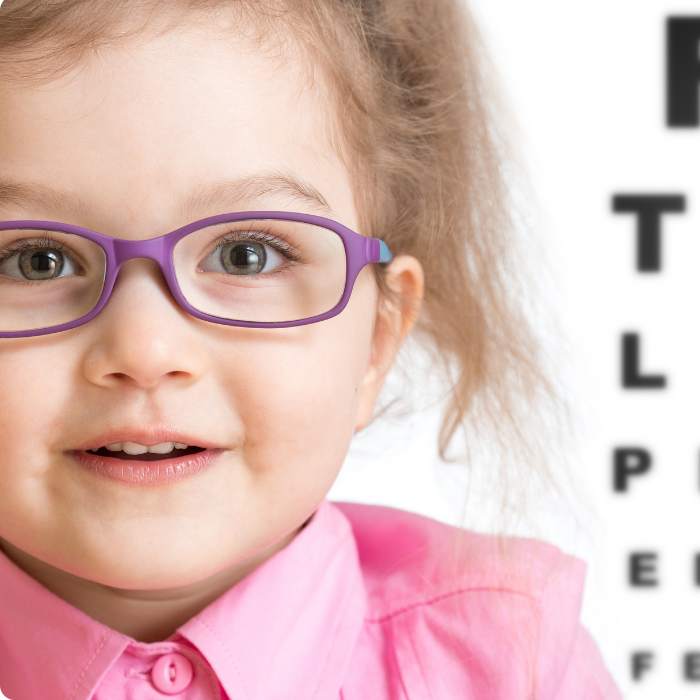
Diary of an Optometrist
Myopia & Lifestyle: The Real-Life Checklist
We’re seeing more children than ever needing glasses earlier, with stronger prescriptions — and it’s not just down to genetics. After reading a powerful review by Dr Sayantan Biswas, a lecturer and researcher in myopia at Aston University, I realised how much more we should be discussing in clinic. His work confirmed what I had suspected: lifestyle factors — like outdoor time, screen habits, and sleep — play a crucial role in myopia development and progression.
As an optometrist, I used to focus mainly on glasses and near work. Now, I make it a point to talk to families about getting at least two hours of outdoor activity daily, maintaining a healthy reading distance, and following the 20-20-20 rule. Thanks to Dr Biswas’s insights, I now also emphasise the importance of good sleep routines, which can influence how the eye grows. These conversations are becoming essential — because myopia isn’t just a prescription issue anymore; it’s a growing public health concern.
So, What Actually Is Myopia?
Myopia is the inability to see distant objects clearly — often called short-sightedness.
It happens when the eye grows too long, causing light to focus in front of the retina.
For years, we blamed genetics. But now we know lifestyle also plays a major role.
1. Sunlight is Nature’s Myopia Shield
I used to just say, “Try to get a tleast 2 hours of natural light a day.”
Now I say:
“Two hours of outdoor activity a day can significantly reduce your child’s risk of developing myopia.”
Why? Bright natural light helps regulate eye growth. Studies show that kids who spend more time outdoors have lower rates of myopia, especially before the age of 6. And no, it’s not just sports — even walking, sitting, or playing with sticks in the garden counts!
2. Near Work: It’s Not Just about how long, its about how far
Studies suggest close work for longer periods than 20 mins can increase the risk of myopia, smaller screens means closer working distance.
I always tell kids now:
“Follow the 20-20-20 rule – every 20 minutes, look 20 feet away, for 20 seconds.”
And to parents:
“Encourage a reading distance of at least 30–40 cm. Avoid binge-reading or long screen sessions without breaks.”
3. Screens, Smartphones & Sleep
This one’s a modern minefield.
Kids are on screens more than ever, and it’s often at very close distances (think phones, tablets, even school laptops). Combine that with less sleep and later bedtimes, and it may increase the risk of myopia. There’s also growing concern about how blue light affects melatonin levels and circadian rhythms, which are tied to eye growth.
🛏️ I now ask every parent:
“What’s your child’s screen time like in the evening? Do they have a wind-down routine?”
4. Sleep & Eye Growth – Who Knew?
This part fascinated me. Eye growth follows a rhythm – like a body clock. Disrupted sleep may affect this natural cycle and, over time, contribute to myopia. Some children with myopia also tend to sleep later, wake up later, and report poorer sleep quality.
I’ve started asking more about bedtime routines during eye exams. Why? Because sleep might just be another piece of the puzzle.
5. Nutrition, Smoking & Other Factors
While nutrition doesn’t seem to directly cause myopia, it can be a marker of time spent outdoors (e.g. vitamin D levels). And shockingly, secondhand smoke exposure may also increase the risk of myopia in children.
These aren’t always the first things we think to ask about during an eye exam – but maybe we should.
Advice to Parents/Patients:
- Balance is key — academic success doesn’t have to come at the cost of eye health.
- Schedule regular study breaks and outdoor time.
What Can You Do as a Parent?
Here’s what I now recommend to every family that walks into my clinic:
- Encourage at least 2 hours of outdoor activity daily
- Limit screen time and encourage device breaks
- Promote regular sleep routines and good-quality rest
- Keep near work at a healthy distance – avoid long sessions without breaks
- Avoid secondhand smoke exposure in the household
What Can You Do as an Optometry Student?
- Don’t just focus on prescriptions – ask about lifestyle.
- Encourage families to take preventive action early.
- Be curious: ask about screen time, sleep, playtime, and study routines.
- Stay updated on myopia control options (like ortho-k and myopia control lenses).
- Most importantly, speak with empathy and clarity – especially to parents who feel overwhelmed or guilty.
Final Thoughts
As optometrists and students, we have an opportunity to do more than prescribe glasses — we can educate and influence lifelong habits that protect vision.
The earlier we act, the more we can do to delay onset and reduce high myopia risk.
Reading Dr Biswas’s article reminded me that small conversations during an eye exam can shape a child’s visual future. I hope this blog helps you feel more equipped to have those conversations – whether you’re a parent, a student, or someone passionate about eye health.
Let me know in the comments or DM — how you may adjust your practice or if this article highlighted any news points for you x
#optometry #myopia #childrenshealth #eyecare #preventivemedicine #healthylifestyle #publichealth #vision2025